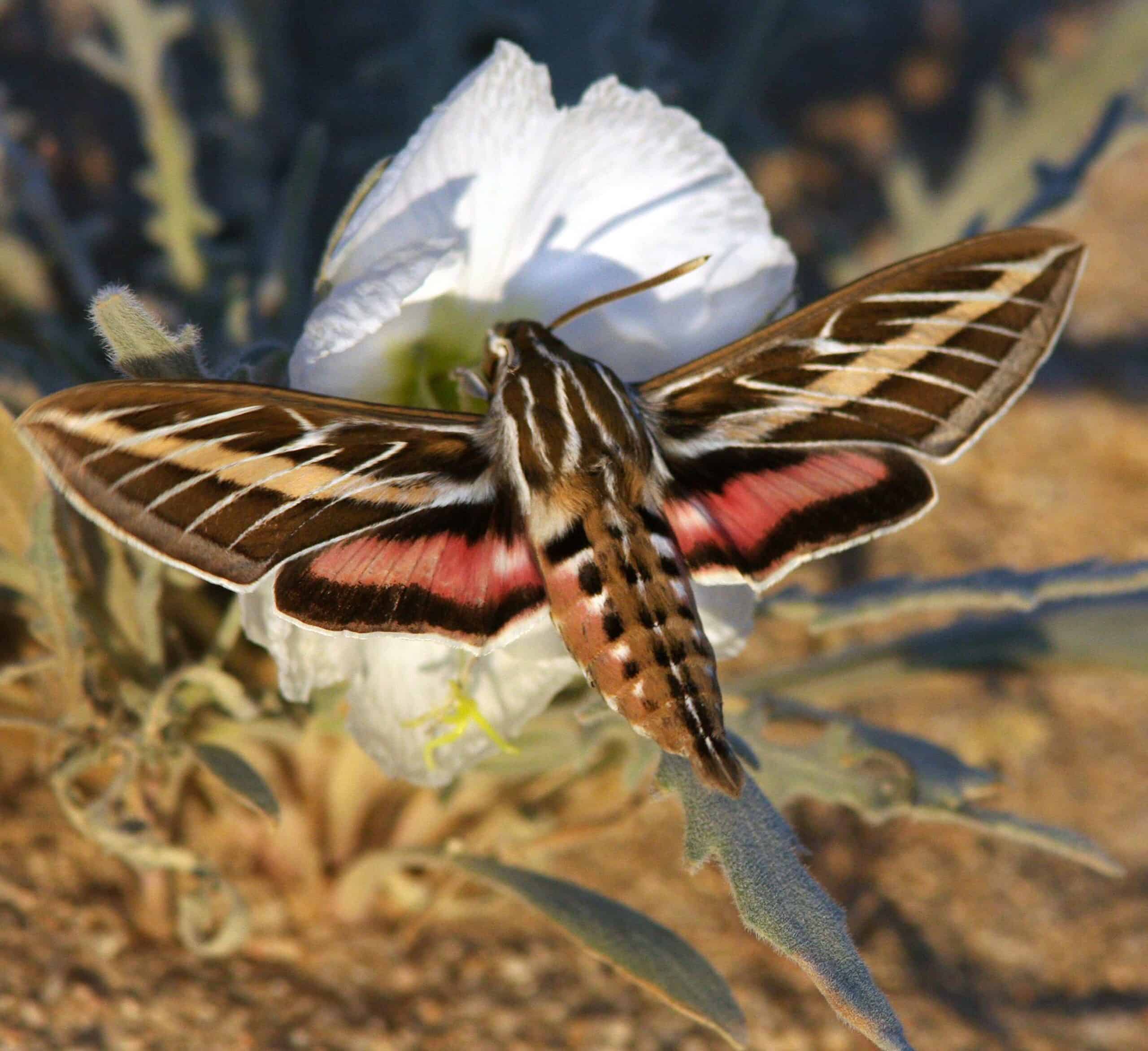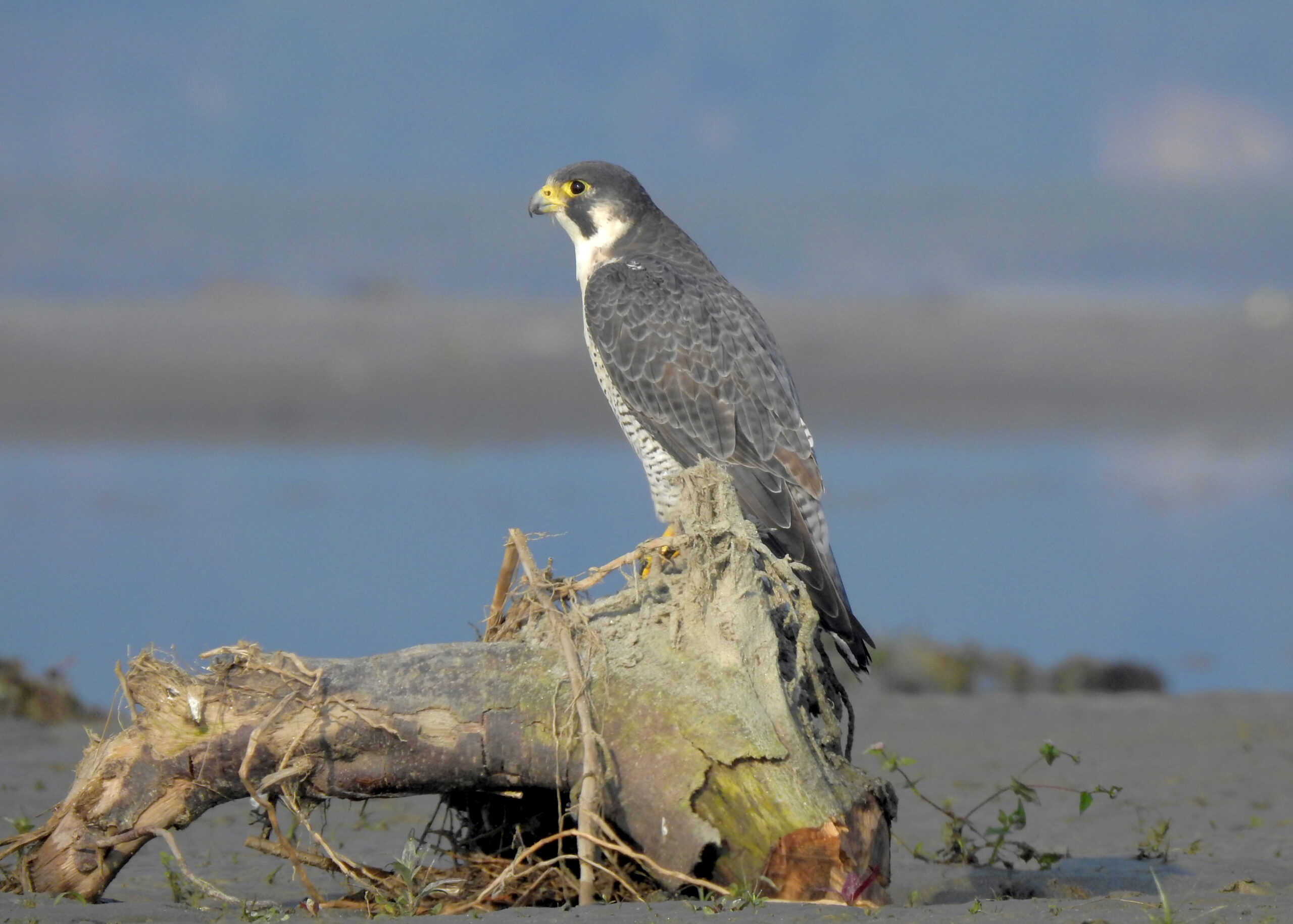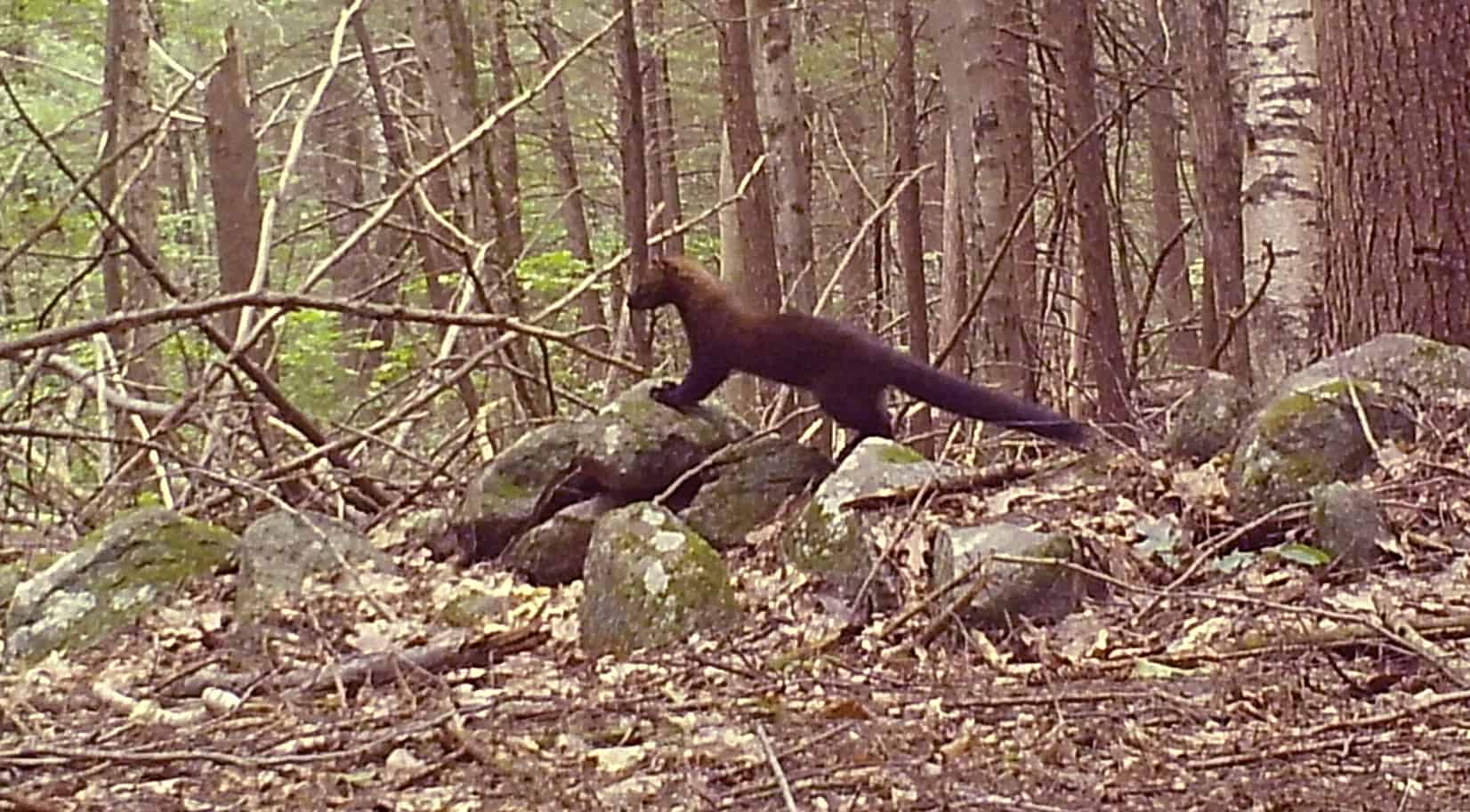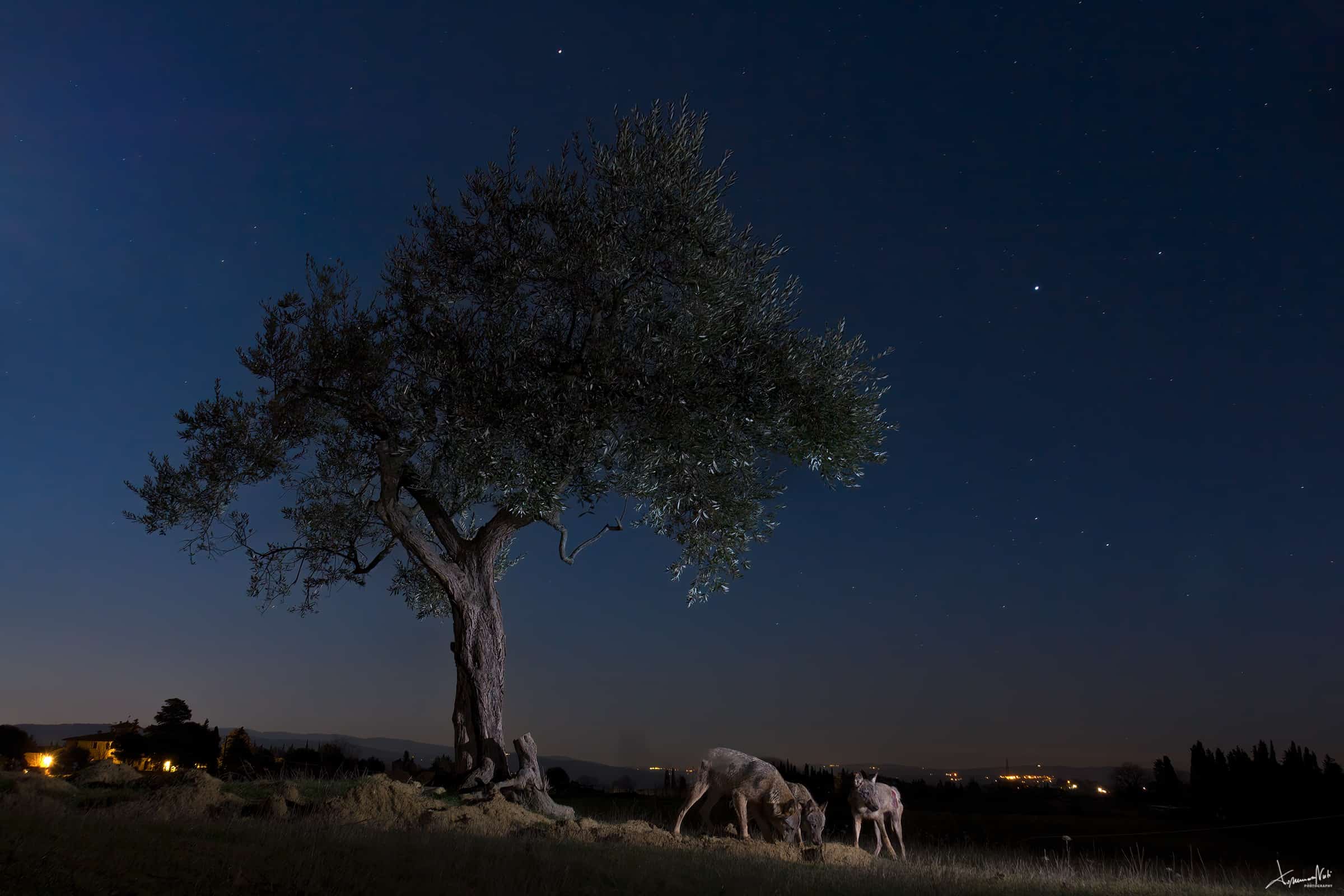Share this article
Wildlife Featured in this article
- White-lined sphinx
- Tobacco hawkmoth
Chemical pollution interferes with pollinator work
Fossil fuel chemicals may affect pollination at night
Chemical pollution may be messing with moths’ ability to stop and smell the roses at night, which may in turn affect pollination.
Nitrogen radicals form when increased levels of nitrogen oxides coming from human activity like fossil fuel emissions or car exhaust are released into the air.
“Because [nitrate radicals] are so reactive, it’s really important in degrading chemical compounds that are in the atmosphere,” said Joel Thornton, a professor of atmospheric sciences at the University of Washington (UW). “It’s produced all day long, and at night, but it’s actually broken down by sunlight. So it’s impact on the atmosphere is highest at nighttime.”
That’s the same time that nocturnal moths rely on smell rather than eyesight to seek flowers to pollinate. Researchers wondered if the nitrate radicals interfered with the chemical compounds that create the smell of the flowers that attract moths.
In previous research, Jeff Riffell, a professor of biology at the University of Washington, discovered compounds from car emissions were linked to moths’ difficulty finding flowers. He teamed up with Thornton to find out how nitrate radicals specifically change the scent compounds of flowers and how the pollinators’ behavior changes as a result. They published a study on their findings, led by PhD student at UW, Jeremy Chan, in Science.
The team chose to focus on the evening primrose, a flower that blooms at night in grassland areas from Arizona into Washington state, and the species that pollinate it. Pollinators included the white-lined sphinx (Hyles lineata) and the tobacco hawkmoth (Manduca sexta). The pollinators travel between patches of these flowers miles away from one another, requiring strong metabolic costs to find these flowers.
The team suspected nitrate radicals might be affecting the natural scents these flowers release. Their study included a few different components. The first step was to identify the chemical compounds in the flower’s scent blend. The researchers put a bag over the flowers for the scent to accumulate and trap the compounds. Back at the lab, they identified about 60 different components and chemically identified compounds for 22 of them.
The team then wanted to know which scents the moths were keying in on. They isolated each component of the scent and tested out which ones the moths’ antennae, which they smell with, were responding to. They found the moths preferred a type of scent chemical compound called monoterpene—the same compound used to make the scent in products like Pine Sol.
For the next step, the researchers wanted to see how the moths’ behavior would change when they were offered natural scent blends compared to scents that had been exposed to nitrate radicals. To do this, the team placed both blends of the compounds on fake flowers. They put the flowers at the end of a wind tunnel and released white-lined sphinx and tobacco hawkmoths at the other end to see which the insects preferred. “A gentle wind was going down this rectangular tube, carrying the scent blend from one end to the other,” Thornton said.
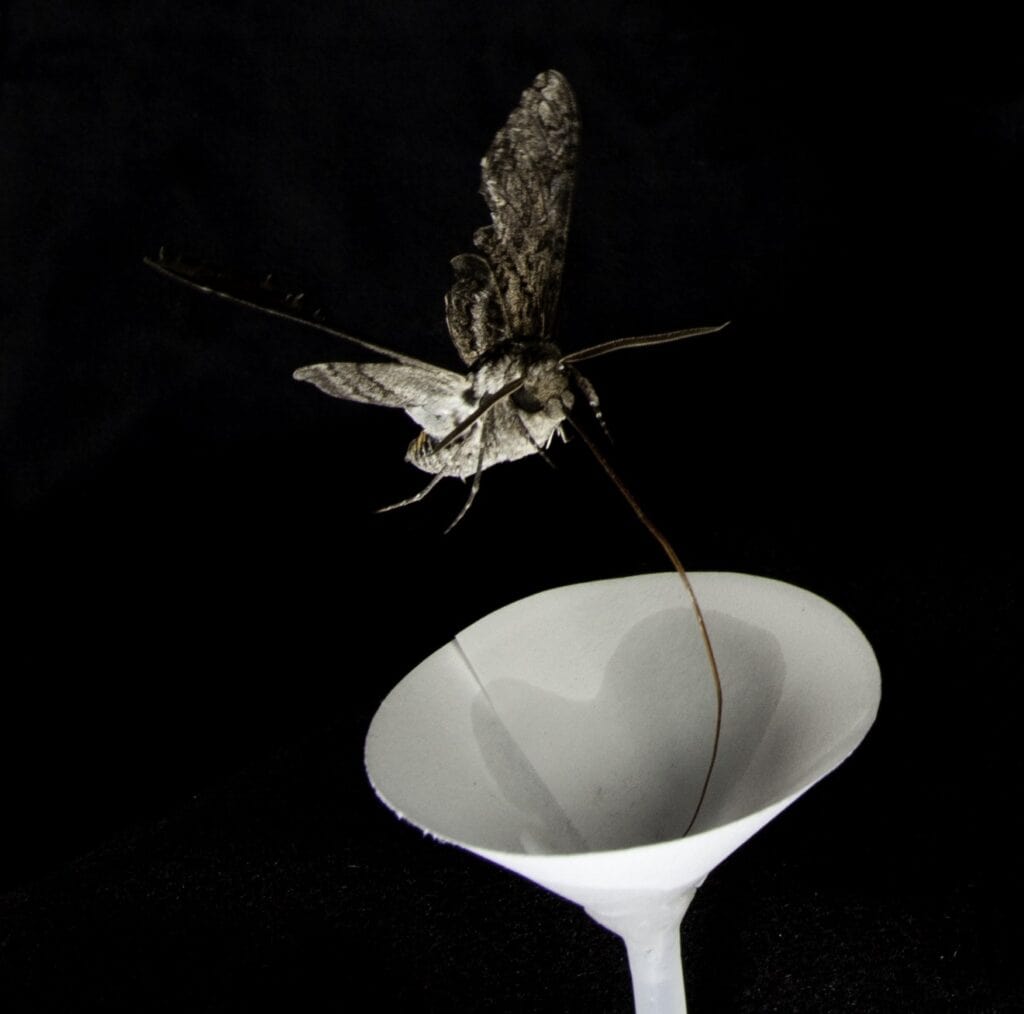
They discovered that both moth species flew toward the natural scent mixture. But when it came to flowers treated with scents affected by nitrate radicals, white-lined sphinx couldn’t locate the flowers at all, and tobacco hawkmoths’ accuracy declined by 50%.
To see if it was the loss of monoterpenes that was the driver of moths having less accuracy, the team removed the monoterpenes from a natural scent blend and conducted the same experiment. “The moths’ behavior was changed to the same degree as when we added nitrate radicals,” Thornton said.
The researchers wondered if similar things might be happening in other parts of the world. Understanding the mechanism behind scents and nitrate radicals allowed the researchers to predict where else this may be important. Using a computer model that took into account the abundance of nitrogen oxides from different locations and weather patterns, they found that western North America, Europe, the Middle East, Central and South Asia and southern Africa may face similar challenges in plant-pollinator communication. “This global simulation map showed that each area has its own potential effect,” Riffell said, adding that daytime pollinators may also be subject to other kinds of chemical processes than nighttime pollinators.
“There’s a variety of stressors that are impacting native pollinators,” Riffell said—including climate change, habitat change and loss. In addition, he said, there are other kinds of atmospheric pollutants impacting daytime pollinators.
Luckily, the researchers said nitrate radicals have been decreasing over time in the U.S. “Strong trends from satellites have shown concentrations have halved since the mid-2000s,” Thornton said.
Header Image: A white-lined sphinx pollinates a pale evening primrose flower. Credit: Ron Wolf/University of Washington



